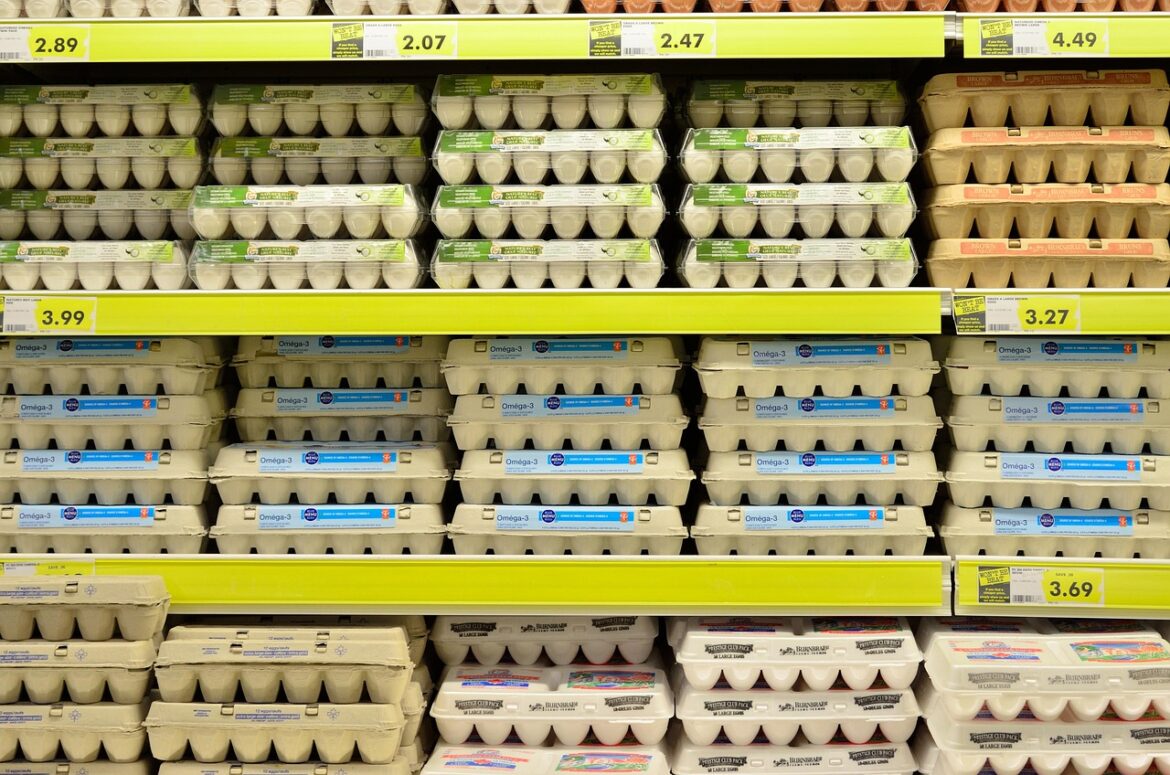Introduction to Grocery Project Trends 2025
Imagine walking into a grocery store where everything is perfectly organized, from the shelves to the checkout lines. This isn’t just a fantasy; it’s a reality that’s becoming increasingly common thanks to advancements in project management. In the grocery sector, project management isn’t just about organizing tasks; it’s about creating a seamless shopping experience that meets evolving consumer needs. Let’s dive into some of the hottest trends in grocery project management.
Evolving Consumer Behaviors
Consumers are changing the way they shop, and grocery stores must adapt. With the rise of eCommerce and changing dietary preferences, grocery stores are focusing on:
-
eCommerce Capabilities: Investing in online shopping platforms to meet the demand for convenient, at-home delivery.
-
Sustainable and Organic Options: Offering more eco-friendly and organic products to cater to health-conscious consumers.
For instance, a major grocery retailer increased its online presence by streamlining its supply chain and integrating AI-driven inventory management. This not only reduced costs but also improved customer satisfaction by ensuring products were always available.
Technological Innovations
Technology is revolutionizing how grocery stores operate. Key innovations include:
-
AI and Automation: Using AI to predict consumer demand and automate tasks, such as restocking shelves and managing inventory.
-
Data Governance: Implementing robust data systems to ensure accurate product information and streamline supplier interactions.
A notable example is a grocery chain that implemented a vendor portal. This allowed suppliers to directly input product details, reducing errors and speeding up the product onboarding process.
Delivery and Fulfillment Strategies
Grocery stores are rethinking how they deliver products to customers. Trends include:
-
Diverse Delivery Channels: Offering a range of delivery options, from same-day delivery to curbside pickup, to cater to different consumer preferences.
-
Partnering with Logistics Providers: Collaborating with logistics companies to reduce last-mile delivery costs while maintaining product quality and customer service.
One grocery retailer successfully reduced delivery costs by partnering with a local logistics firm, allowing it to offer competitive pricing without sacrificing service quality.
Personalized Shopping Experiences
Today, consumers expect personalized interactions with brands. Grocery stores are leveraging:
-
Consumer Data Analytics: Analyzing consumer behavior to tailor promotions and product offerings to individual preferences.
-
Subscription Services: Offering subscription models that provide customers with regular deliveries of their favorite items, enhancing convenience and loyalty.
A popular grocery chain introduced a subscription service that uses customer purchasing history to suggest new products, increasing customer engagement and loyalty.
Conclusion
Project management in the grocery sector is all about creating a harmonious blend of technology, consumer insights, and operational efficiency. By embracing these trends, grocery stores can stay ahead of the curve and provide shoppers with a seamless and satisfying experience.
References:
- https://foodinstitute.com/focus/5-thriving-fast-food-chains-in-2025/
- https://www.pwc.com/gx/en/issues/c-suite-insights/voice-of-the-consumer-survey.html
- https://www.tiktok.com/discover/grocery-trends-2025
- https://theharrispoll.com/briefs/gen-z-shopping-study-findings/
- https://www.techasoft.com/post/how-project-management-tools-are-evolving-in-2025
- https://www.youtube.com/watch?v=UyE8y2H_qAA
- https://www.jjay.cuny.edu/about/senior-leadership/faculty-resources/upcoming-events-recent-announcements-faculty
- https://clarkstonconsulting.com/industries/retail-consulting/grocery-consulting/



